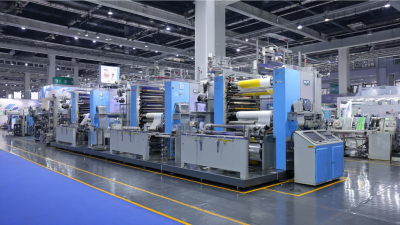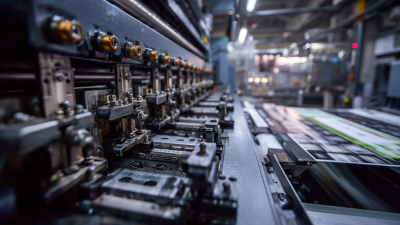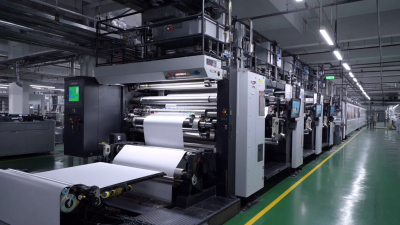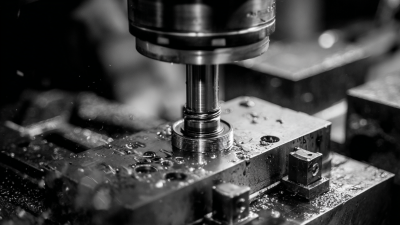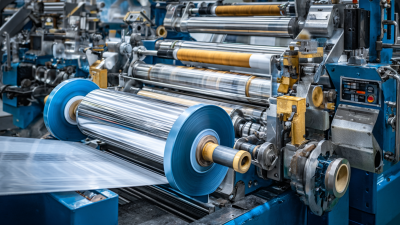Leave Your Message
-
Phone
-
Whatsapp
-
E-mail
In the rapidly evolving landscape of the printing industry, efficiency has emerged as a critical factor for success, especially as companies strive to meet increasing customer demands. Recent studies indicate that the adoption of advanced technologies, such as the Hot Foil Stamping Machine, can result in a remarkable 40% boost in production efficiency. According to a report by Smithers Pira, the global market for hot foil stamping is expected to experience significant growth, driven by the rising popularity of personalized packaging and premium printing solutions. This technology not only enhances the aesthetic appeal of printed materials but also streamlines the production process, enabling businesses to achieve faster turnaround times and reduced operational costs. As companies seek innovative ways to stay competitive, investing in Hot Foil Stamping Machines presents a compelling opportunity to unlock the future of printing while meeting the demands of an increasingly discerning market.
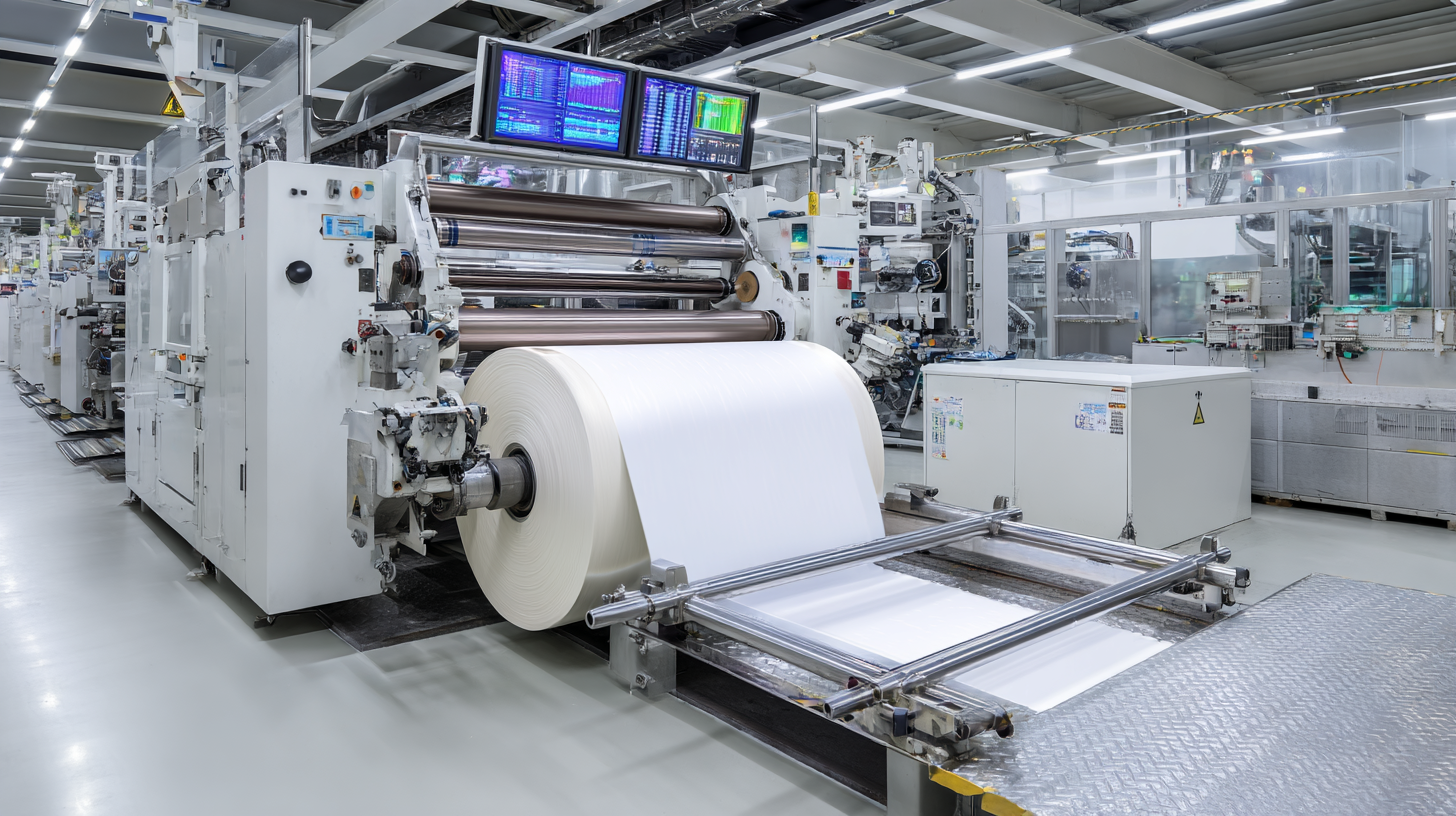
Hot foil stamping is a printing technique that utilizes heat and pressure to transfer metallic or pigmented foil onto a substrate, enhancing its visual appeal and texture. The process begins with a custom die, which is heated and pressed onto the foil, applying it to the desired area of the material below. This method allows for vibrant colors and intricate designs, making it ideal for packaging, labels, and stationery. The versatility of hot foil stamping enables businesses to create eye-catching products that stand out in a competitive market.
In addition to its aesthetic advantages, hot foil stamping technology contributes significantly to production efficiency. By integrating advanced machinery and automation, companies can increase their output while maintaining high-quality standards. Furthermore, the quick setup times and minimal waste associated with hot foil stamping processes allow for faster turnaround times, making it a favorable choice for businesses looking to optimize their production workflows. As the demand for unique and customized products continues to rise, mastering hot foil stamping technology could provide a substantial edge in the printing industry.
Modern hot foil stamping machines have revolutionized the printing industry by incorporating advanced technology that significantly enhances production efficiency. Key features of these machines include high-speed operation, precision control, and adaptability to various substrates. Reports indicate that production efficiency can be increased by up to 40% when using state-of-the-art stamping machinery, as these machines streamline workflow and reduce downtime. The integration of automated systems allows for quicker setup times and minimal manual intervention, which not only expedites the process but also improves the quality of the finished product.
Additionally, contemporary hot foil stamping machines often come equipped with user-friendly interfaces and data analytics capabilities, enabling operators to monitor performance in real time. This technology facilitates better decision-making and reduces waste, aligning with the industry's growing emphasis on sustainability. A recent industry report highlighted that manufacturers adopting these modern machines are not only experiencing improved output but are also seeing a boost in overall profitability, cementing the importance of technological innovation in maintaining competitive advantage in the printing sector.
 Integrating hot foil stamping into production workflows can significantly optimize efficiency and elevate the quality of printed materials. According to a report by Smithers Pira, the global hot foil stamping market is expected to grow by 4.3% annually, driven by the increasing demand for high-quality packaging and enhanced aesthetic appeal in products. By implementing hot foil stamping, businesses can achieve not only superior visual effects but also streamline their operations.
Integrating hot foil stamping into production workflows can significantly optimize efficiency and elevate the quality of printed materials. According to a report by Smithers Pira, the global hot foil stamping market is expected to grow by 4.3% annually, driven by the increasing demand for high-quality packaging and enhanced aesthetic appeal in products. By implementing hot foil stamping, businesses can achieve not only superior visual effects but also streamline their operations.
Hot foil stamping machines allow companies to increase their production throughput by as much as 40%. This is particularly valuable in industries where quick turnaround times are essential, such as packaging and commercial printing. A survey conducted by Research and Markets indicated that 74% of businesses utilizing advanced printing technologies reported improved workflow efficiency, leading to reduced labor costs and minimized waste. Therefore, integrating hot foil stamping can be a game-changer, enabling companies to meet rising consumer demands while maintaining competitive advantage.
 Hot foil stamping machines are transforming the printing landscape, delivering remarkable efficiency gains that can reach up to 40%. According to a recent study by Smithers Pira, the demand for high-quality printing processes is on the rise, with businesses increasingly adopting advanced technologies to meet market demands. The shift towards hot foil stamping is driven by its ability to produce stunning designs with intricate details while significantly reducing production times compared to traditional printing methods.
Hot foil stamping machines are transforming the printing landscape, delivering remarkable efficiency gains that can reach up to 40%. According to a recent study by Smithers Pira, the demand for high-quality printing processes is on the rise, with businesses increasingly adopting advanced technologies to meet market demands. The shift towards hot foil stamping is driven by its ability to produce stunning designs with intricate details while significantly reducing production times compared to traditional printing methods.
One of the key factors contributing to the 40% improvement in efficiency is the reduction in setup and turnaround times. A report from the Printing Industries of America highlights that modern hot foil stamping machines require as little as 30% of the time needed for setup compared to conventional presses. This streamlined process not only enhances productivity but also lowers labor costs. Furthermore, the precision of hot foil stamping minimizes material waste, which leads to substantial cost savings. As the industry evolves, these machines are not merely augmenting production; they are redefining the standards of quality and efficiency in printing.
Effective maintenance and operation of hot foil stamping machines are essential for maximizing production efficiency and ensuring high-quality results. Regular checks on machine calibration, cleaning of stamping plates, and lubrication of moving parts can prevent unexpected downtimes and extend the lifespan of the equipment. Following a structured maintenance schedule not only enhances performance but also safeguards against costly repairs and production losses.
In addition to routine maintenance, operators should undergo comprehensive training to understand the intricacies of the stamping process. Knowledge of the machine's operational parameters, such as temperature and pressure settings, plays a crucial role in optimizing the foil stamping results. Moreover, integrating advanced monitoring systems can provide real-time data that facilitates proactive maintenance, allowing teams to address potential issues before they escalate, much like the innovations seen in precision manufacturing environments today. This proactive approach is vital as industries evolve and the demand for efficiency and precision intensifies.
| Aspect | Details |
|---|---|
| Machine Type | Fully Automatic Hot Foil Stamping Machine |
| Increase in Efficiency | 40% |
| Typical Production Speed | 1000 sheets/hour |
| Setup Time | 15 minutes |
| Average Lifespan | 10 years |
| Cost of Maintenance per Year | $500 |
| Common Maintenance Practices | Regular Cleaning, Lubrication, Inspecting Electrical Connections |
| Operator Training Time | 2 hours |
